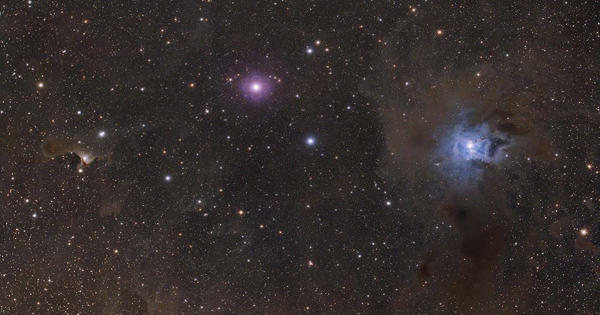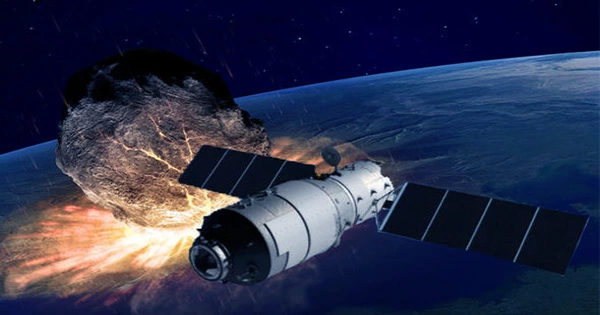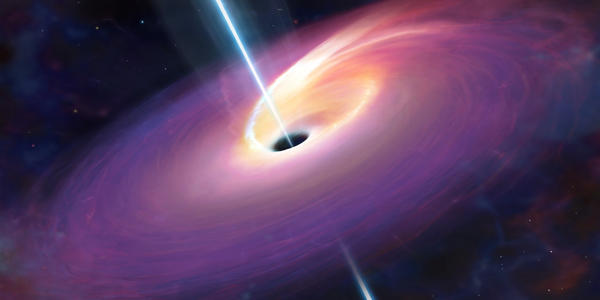Small impacts are churning the Moon’s surface more than 100 times faster than scientists previously imagined. This means that surface features that appear to be young may actually be younger than they appear. It also means that any structures built on the Moon as part of human missions will require enhanced security.
A team of scientists from Arizona State University and Cornell University investigated high-resolution lunar photos for more than seven years before making this remarkable finding. Emerson Speyerer of ASU is the team’s leader and the lead author of the scientific publication published in Nature on 13th October 2016.
“Before the Lunar Reconnaissance Orbiter was launched in 2009, we thought that it took hundreds of thousands to millions of years to change the lunar surface layer significantly,” Speyerer said. “But we’ve discovered that the Moon’s uppermost surface materials are completely turned over in something like 80,000 years.”
The Lunar Reconnaissance Orbiter Camera (LROC) on NASA’s Lunar Reconnaissance Orbiter mission provided the photos utilized in the finding. The Science Operations Center on ASU’s Tempe campus manages LROC; the instrument’s principal investigator is Mark Robinson, a professor in ASU’s School of Earth and Space Exploration (SESE). Robinson is a co-author on the paper along with Reinhold Povilaitis and Robert Wagner, both SESE research specialists and Peter Thomas of Cornell.
Before and after
“We used before and after images taken by LROC’s Narrow Angle Camera,” Speyerer said. During the seven years the mission has run so far, he said the team identified 222 new impact craters that formed during the mission. “These range in size from several meters wide up to 43 meters (140 feet) wide.”
As the mission goes on; the odds increase for us to find the larger impacts that occur less frequently on the Moon. Such discoveries will let us better pin down the lunar impact rate and also better characterize the most common process that shapes planetary bodies across the Solar System.
Mark Robinson
Speyerer and colleagues discovered more fresh craters than expected based on normal impact-modeling rates employed by lunar scientists. The discovery has the consequence of assigning younger ages to lunar surface characteristics.
In a million years, for example, a lunar geologic unit should accrue a specific number of craters of a certain size, according to theory. However, if impacts cause craters to form more quickly, it takes less time to reach the benchmark number, implying that the geologic unit is actually younger than theory predicts.
“A higher rate of impacts on geologic units with ages assumed to be already young turn out in fact to be even younger than we previously thought,” Speyerer said.
However, he stated that in order to be certain, LROC must continue gathering photographs in order to confirm the discovery and confirm the real impact rate.
“Measuring the recent impact rate was one of the important tasks that led NASA to fly the Lunar Reconnaissance Orbiter,” Robinson said. Besides the value to scientists in pinning down surface ages, he noted there are also practical aspects.
Even if living quarters are underground, any future human exploration of the Moon will require supply structures, rockets, and other equipment to be parked on the surface for extended periods of time. Knowing the current rate of impacts will be crucial in determining how to protect equipment that has been left on the surface.
Zones of disturbance
The researchers noticed that the fresh craters discovered by the LROC survey were ringed by starburst patterns that had clearly developed during the impact when they inspected them.
While the details of the pattern are complicated, the researchers discovered that an impact produces a variety of debris. Some of it falls on the ground nearby. Small amounts of debris are thrown into hyper-velocity jets at rates of 16 kilometers (10 miles) per second by impacts. This material vaporized, and molten rock shot over the surface, altering the lunar soil’s upper layer and changing its brightness.
“In addition to the new impact craters and starburst debris patterns, we observed a surprising number of small surface changes which we call splotches,” Speyerer said.
While splotches do not have the discernible rims that craters do, the team believes that the splotches are most likely generated by minor impacts of debris flung from bigger impacts.
“We see dense clusters of splotches around new impact sites,” he said. “This suggests that many splotches may be secondary effects caused by material thrown out from the primary impact event.”
From 14,000 pairs of before-and-after LROC images, the scientists identified more than 47,000 splotches.
“We estimated their accumulation over time and measured their sizes,” Speyerer said. “From this, we inferred how deeply each splotch dug up the surface. That gave us an estimate of how long it takes to effectively churn or ‘garden’ the upper few inches of lunar soil.”
The gardening period was only a fraction of a second in geological time: not millions, nor even hundreds of thousands of years. As Speyerer explains, “We found that 99 percent of the surface would be overturned by forming splotches after about 81,000 years.”
Why the big difference in turnover time?
“Earlier estimates considered only direct hits from micrometeorites, and ignored entirely the role of small secondary impacts,” Robinson said.
The impact rate was revised, and this resulted in two new findings. First, when looking at data from mineral-detecting X-ray and Gamma-ray spectrometers, which probe this upper surface layer, remote sensing views of the surface must account for a substantially higher turnover rate.
Second, the rate of churning will be crucial information for future Moon base architects. Surface assets will need to be built to survive microscopic particles traveling at speeds of up to 500 meters per second (1,100 miles per hour).
Looking ahead, NASA has granted a two-year extension of the Lunar Reconnaissance Orbiter’s mission, and LROC will continue to collect vital cratering measurements.
“As the mission goes on,” Robinson said, “the odds increase for us to find the larger impacts that occur less frequently on the Moon. Such discoveries will let us better pin down the lunar impact rate and also better characterize the most common process that shapes planetary bodies across the Solar System.”
















